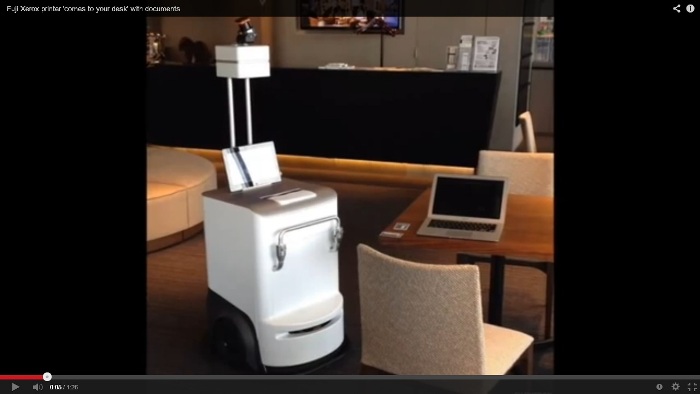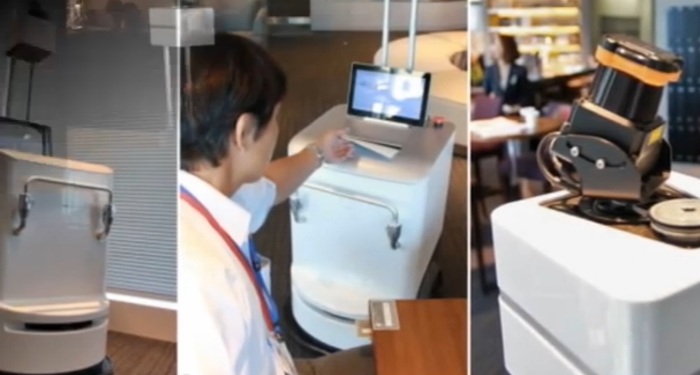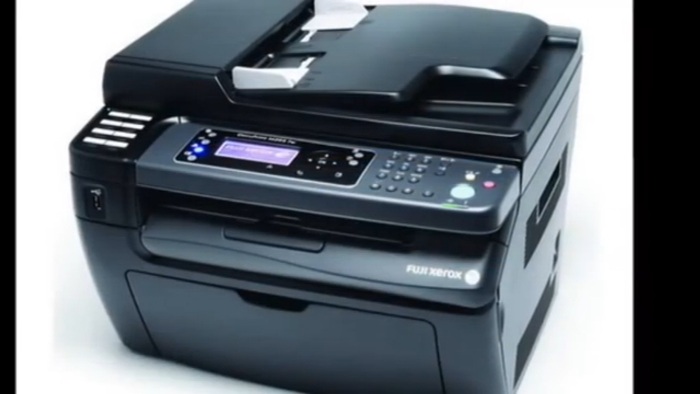Too Lazy to Fetch Your Print? Get the Fuji Xerox Roving Robot Printer
Popular Japanese company Fuji Xerox recently revealed a product not many would consider essential but most people will likely find interesting. This product is dubbed as a robot printer and it moves around to provide its “service” where it is needed. It’s nothing revolutionary but it’s a demonstration of how technology is making regular machines do things that may make everyday life or work more convenient.
How Does It Work
Basically, the robot printer is a printer with mobility capabilities and the typical wireless connection that allows it to receive printing jobs from different workstations. The robot, upon receiving a printing task, automatically moves to the origin of the printing task. It stops near the desk of the person who ordered for the printing task. The actual printing does not start unless a card (specifically created for the system) is held up to the robot.
For the robot’s movement, “Lidar” sensors are employed. Lidar makes use of laser to measure the three dimensional shapes of surrounding objects. With Lidar, the robot is able to get a detailed view of its environment. The robot, with Lidar, generates a 3D map of the area where it is expected to move around. Markers will not be needed to guide the robot. Instead, on initial deployment, the robot will have to be manually guided on the paths it can possibly take. With its 3D map of the area and the path it has been made to follow, it is able to automatically find its way around. The robot is also able to avoid obstacles on its way, including those that have not been mapped upon its introduction. Of course, this robot printer is also configured to avoid hitting humans and moving objects on its way.
The robot printer automatically goes back to its home position (human designated) after a printing job is completed and the user allows it to go back. The home position, to be set y the users, needs to be some place that allows the robot to easily and quickly reach all or most of the workstations that will need it.
Printer Specs and User Interface
The printer in the robot is a Fuji Xerox color laser printer capable of handling papers up to A4 in size. It is the smallest Fuji Xerox printer chosen for the prototype to minimize the robot’s footprint.
Not all communication or interaction with the robot printer will be through the network. It also has a tablet computer or flat panel touchscreen mounted on top of it. The touchscreen allows users to interact with the printer, especially in making the printer return to the home position. After every printing job is completed, the touchscreen displays a “Start Moving” button. In the demo, the printer only returns to its home position after the “Start Moving” button is pressed.
Potential Applications
The Fuji Xerox robot printer is by no means a perfect system. It still needs to be refined and developed further to become practically useful or deployable. Nevertheless, it can be said that it is a system that mostly suits Internet cafes, libraries or research facilities, and workplaces that frequently require printed copies of documents.
Availability
There is no date for commercial availability yet and demonstrations outside Japan are likewise yet to be scheduled. The Fuji Xerox robot printer is still in the process of operation testing. The one used for demonstration was observed by visitors or spectators in a building in Aoyama, Minato-ku, Tokyo, from July to August.
This post is not about yielding to human laziness but highlighting the technologies that make for smarter machines that now “know” how to navigate their way in the midst of obstacles in a typical office setting. Also, the robot printer being highlighted here can be considered as an example of how different forms of existing and conceptual technologies can be used together to enable automation and provide convenience. The successful deployment of this robot printer could pave the way for more advanced robots that can serve as waiters in parties and major events. The technology that enables the robot printer’s mobility in an office or lounge can be the precursor to the technology that will power robots that will take over the jobs of humans waiters, ushers, and others in the hospitality industry.


